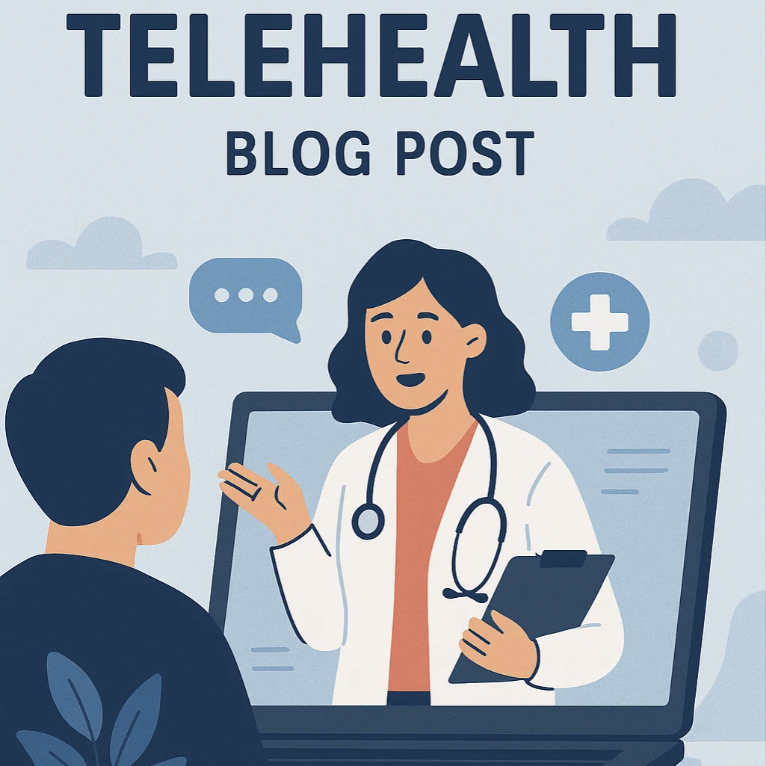In today’s fast-paced healthcare landscape, telehealth licensure compacts offer a vital solution for extending medical services across state lines. But what are these compacts, and how do they improve healthcare access?
Understanding Telehealth Licensure Compacts
Telehealth licensure compacts are agreements that let healthcare providers offer their services in multiple states, holding a license in just one. This simplifies the licensing process, offering more flexibility and ensuring patients get timely care, no matter their location.
Benefits of Telehealth Licensure Compacts
These compacts enable quicker deployment of healthcare professionals in areas with staff shortages. They allow providers to broaden their reach, removing geographical barriers. According to the Federation of State Medical Boards, these agreements can lower wait times and costs linked to obtaining multiple state licenses.
How Telehealth Licensure Compacts Work
The process involves obtaining a primary state license, where healthcare professionals must meet certain standards. This license is then recognized by other member states, allowing practice across state lines.
Eligibility and Requirements
Healthcare providers must have an active, unrestricted license and no disciplinary actions to be eligible. Participating states may set additional criteria to ensure high professional standards.
The Impact on Healthcare Providers
Compacts ease the administrative burden and financial strain of holding multiple licenses, allowing providers to focus resources on patient care.
Case Studies and Examples
For example, the Nurse Licensure Compact enables registered nurses to practice in over 30 states with one license, improving patient access to immediate care.
Navigating the Challenges of Telehealth Licensure Compacts
Despite their advantages, these compacts face challenges like varying state laws that can complicate telemedicine delivery. Coordinating care requires clear understanding of each state’s medical board expectations.
Legal and Regulatory Considerations
Providers must stay informed about each state’s legal requirements to comply with privacy standards, such as HIPAA, and insurance rules.
Future Prospects and Developments
Telehealth licensure compacts have a promising future, with efforts to include more states and professions. This could greatly improve healthcare delivery, especially in underserved regions.
Predictions for 2026
By 2026, broader participation in these compacts is expected, enhancing patient satisfaction and simplifying telemedicine practice through technological advancements.
Conclusion
Telehealth licensure compacts mark a major advancement in healthcare delivery, breaking barriers to provide patients with care irrespective of state lines. Embracing these compacts could transform patient access to medical services.
Unlock telehealth’s full potential by understanding telehealth licensure compacts today!
Sources
- Federation of State Medical Boards – Information on state medical board compacts. (2023)
- Nurse Licensure Compact – Details on the nursing compact agreement. (2023)
- Centers for Medicare & Medicaid Services – Resource on telehealth policies and guidelines. (2023)

